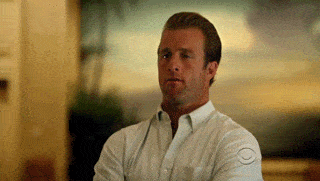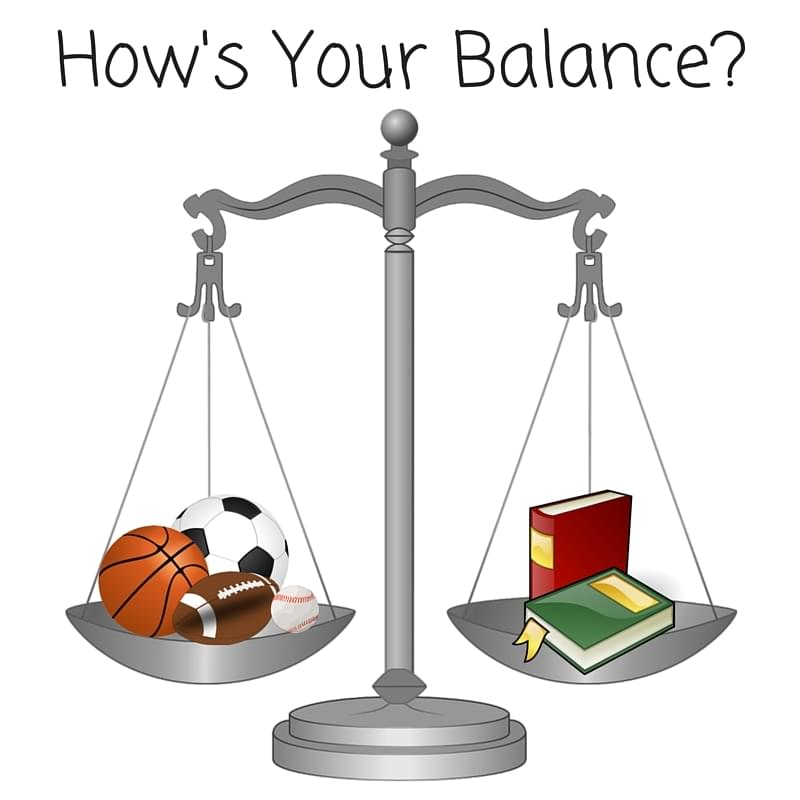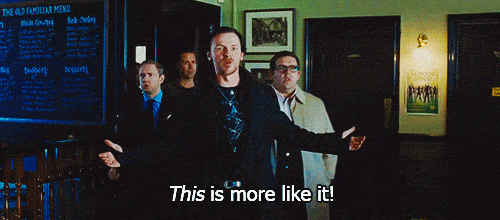
The Raising the Champion Blog is updated every Monday
FOLLOW YOUR HEART!
Published Oct. 1st, 2018
About a 7 minute read
When deciding on a college and/or a pro-pathway, follow your heart.
It was a big tournament and Bethanie had just given consistent Complete Performances and had some great results against some very worthy opponents. What I didn't realize was some of her opponents were highly ranked national players who had received scholarship offers and committed to play for their respective D-1 colleges and universities. In a month, some of these players would be enrolled and competing in top colleges as student/athletes.
As September rolled into October, Bethanie started receiving a few letters of interest from colleges! And it so happened, that one letter of interest came from a coach at an Ivy League school, and one of the girls that Bethanie had just defeated in that previous tournament was a player on their team.
To say the least, we were flattered and honored that this college was expressing interest in reserving a slot for our daughter. I quickly responded and wrote a letter back to the coach, and while expressing my gratitude and interest in that particular college, I had to mention that Bethanie was 13 years old and currently enrolled in the 8th grade. And in three or four years, I would be more than happy to pursue this opportunity further.

Complete Performance by Mattek (CP) is a company founded by Tim and his two sons that is dedicated to the training and development of junior athletes. CP is leading the tennis industry in helping young players overcome mental barriers, execute at a high level consistently, and develop as a player as well as a person. To find out more click here.
CUSTOM JAVASCRIPT / HTML
Well, we never heard back from that coach. Within the next year, Bethanie, just prior to turning age 14, was given an opportunity to represent her country at the world's most prestigious 14's Les Petites junior tournament in Tarbes, France.

After winning three tough singles matches in her group in the qualification tournament, she competed brilliantly and courageously and became the first player to ever win both the singles and doubles event in the same year. The January 2018 event celebrated the Les Petits As tournament's 36th year!

It is now common for successful pro players to be performing at the highest levels while in their 30's. This makes it more difficult for the young players to break into the pros as fewer slots on the tour are available each year. But it also helps student athletes. The college/pro development track has only recently opened up as a realistic pathway. Mental, spiritual, and physical maturity is an
absolute must in order to transition successfully from the juniors to the pros. The college experience can help with this.

and in fact stronger than some of them. However, the athletics programs there are possibly the best and most demanding in the country.

STAY IN THE LOOP
All Your Information is Protected When You Sign Up
LET US KNOW WHAT YOU THINK
FB Comments Will Be Here (placeholder)
Enjoying Tim's Blog? Share it with others!
Resources
-Tennis Made Simple-
----------------------------------------------
----------------------------------------------
Enjoying Tim's Blog? Share it with others!
Enjoying Tim's Blog? Share it with others.
Resources
-Tennis Made Simple-
----------------------------------------------
----------------------------------------------
